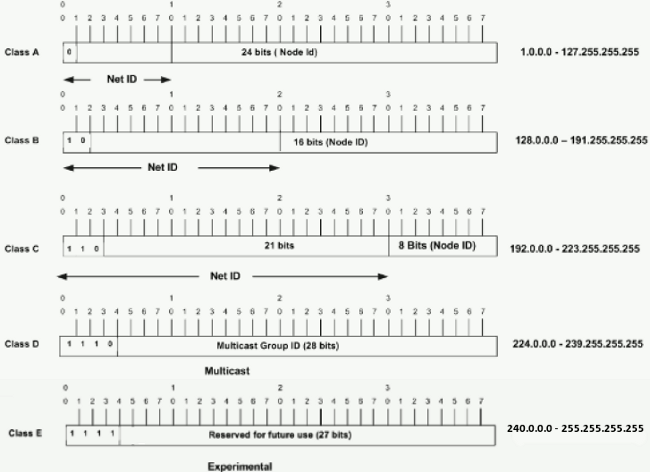Subnetting
Introduction
the ability to create sub-networks and assign IP addresses inside your network needs the knowledge of some technical terms, here's a simple definition of them:
- Address: The unique number ID assigned to one host or interface in a network.
- Subnet: a portion of a network that shares a particular subnet address.
- Subnet mask: a 32-bit combination used to describe which portion of an address refers to the subnet and which part refers to the host.
- Interface: a network connection.
- Broadcast address: an IP address that is used to target all systems on a specific subnet network instead of single hosts.
- CIDR notation: a compact representation of an IP address and its associated network mask.
when you type ip address command on Linux or ipconfig on Windows you get the addressing information.
Wlan0: presents the wireless interface.
192.168.1.9: presents the address.
/24: presents the CIDR notation.
192.168.1.255: presents the broadcast address.
Understand IP Addresses
An IP address is an address used in order to uniquely identify a device on an IP network. The address is made up of 32 binary bits, which can be divisible into a network portion and host portion with the help of a subnet mask. The 32 binary bits are broken into four octets (1 octet = 8 bits). Each octet is converted to decimal and separated by a period (dot). For this reason, an IP address is said to be expressed in dotted decimal format (for example, 172.16.81.100). The value in each octet ranges from 0 to 255 decimal, or 00000000 - 11111111 binary.
Given an IP address, its class can be determined from the three high-order bits (the three left-most bits in the first octet). Figure 1 shows the significance of the three high-order bits and the range of addresses that fall into each class. For informational purposes, Class D and Class E addresses are also shown.
Figure1: cisco.com
Calculate Subnets
this is a link to my subnetting cheat sheet, which you can find at googlespreadsheets






Comments
Post a Comment